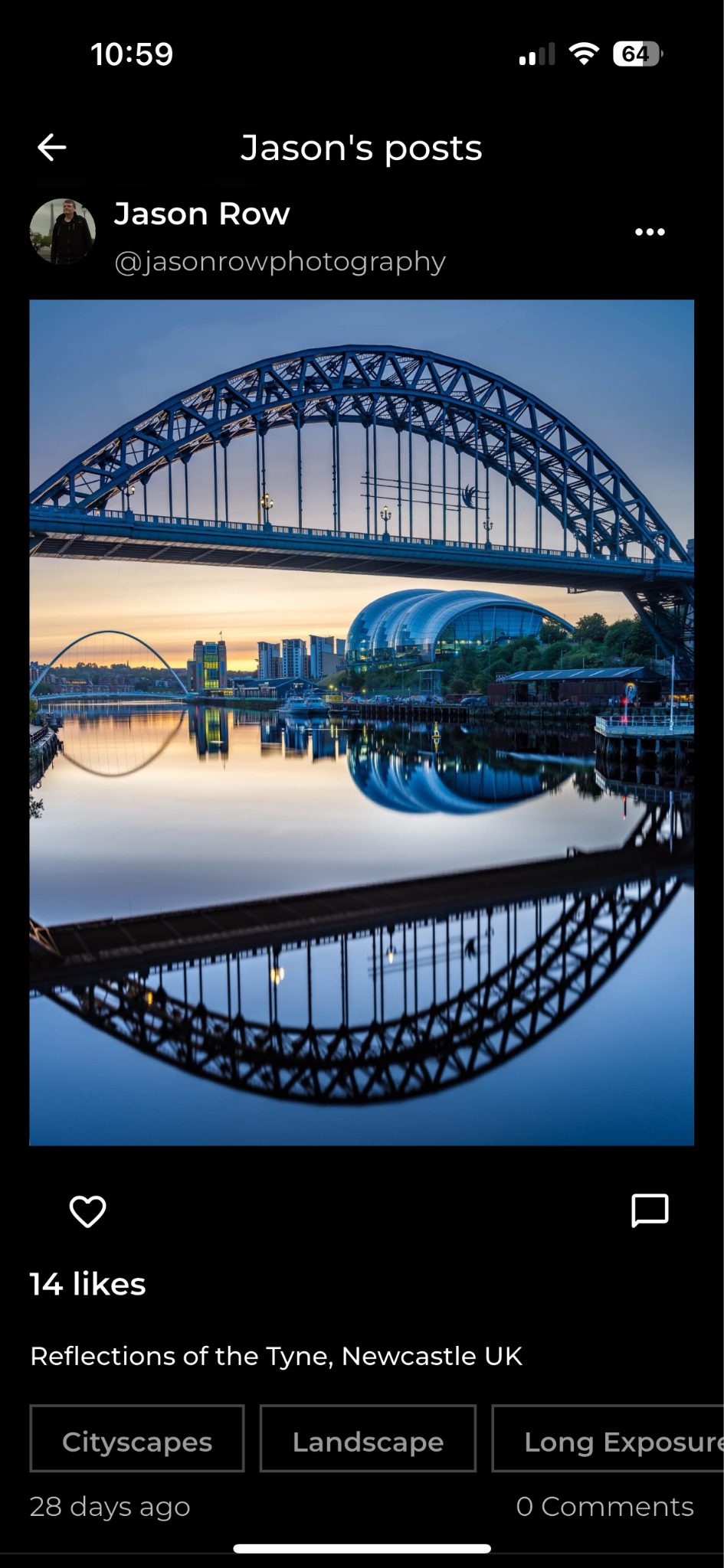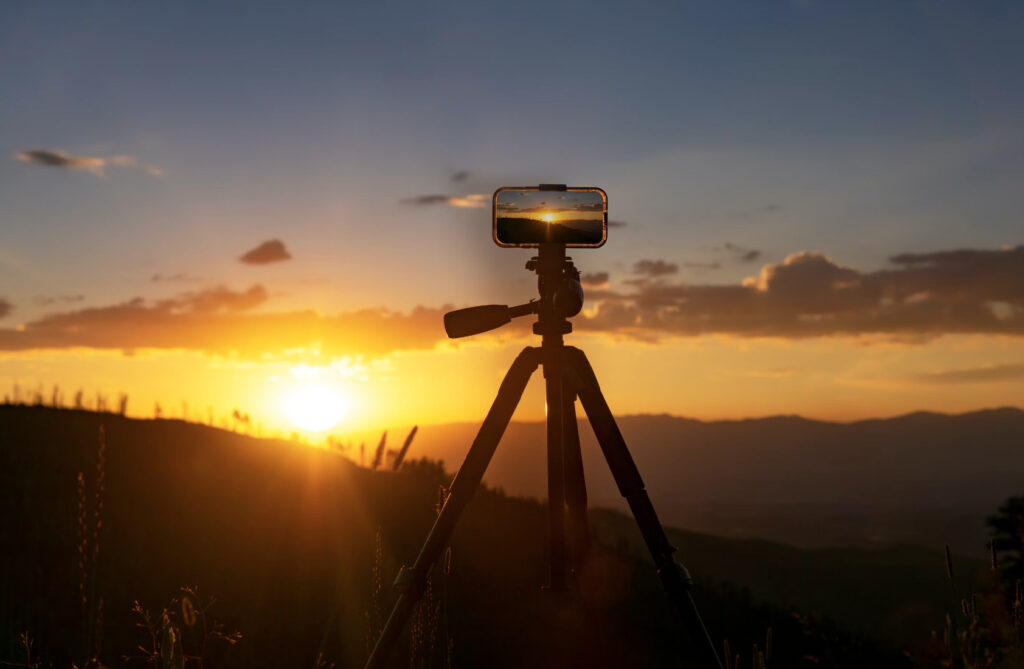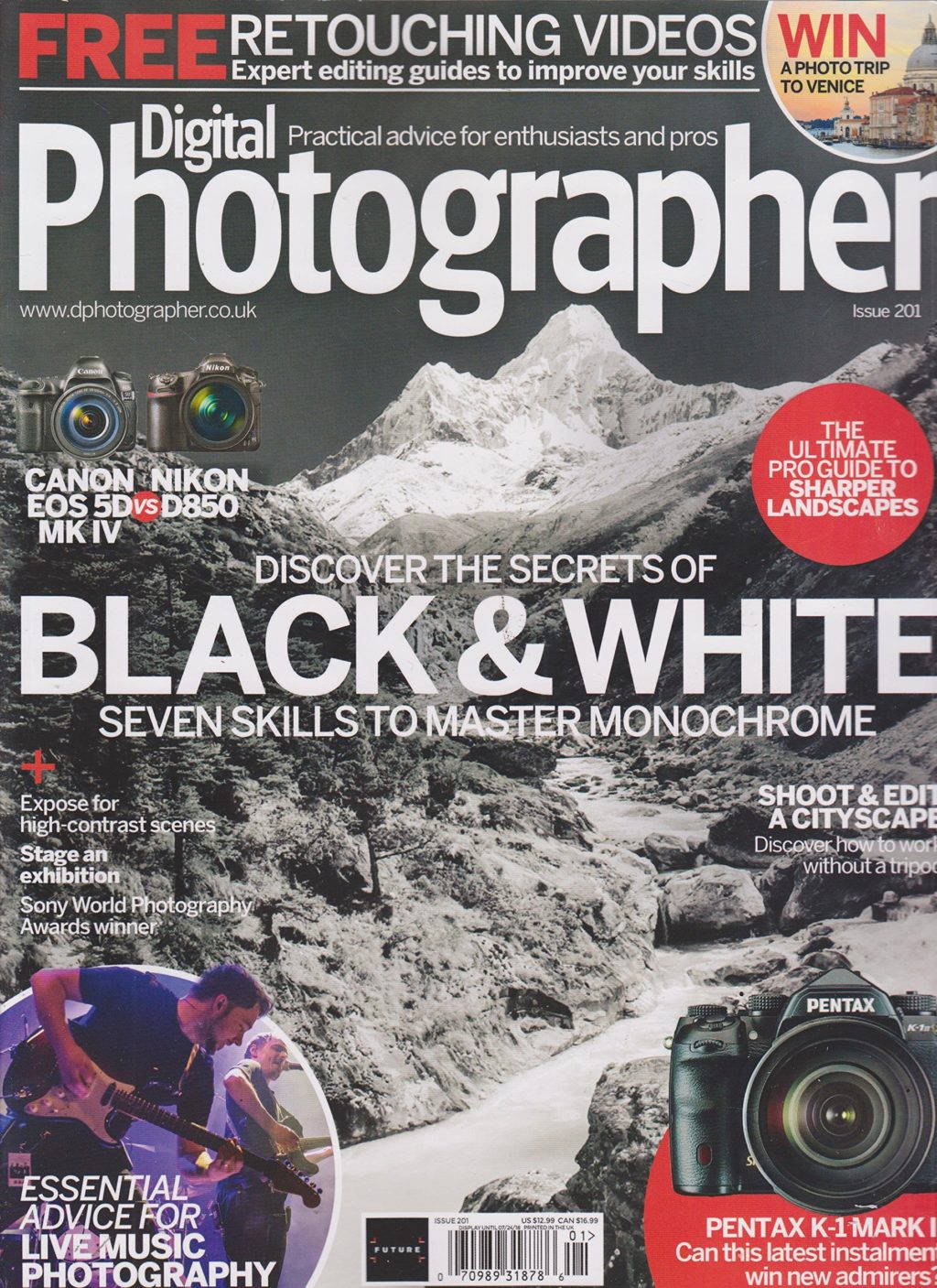Are you a fair weather photographer? Whilst warm sun and blue skies are undoubtably the photographer’s friend, you could be missing out on some of the most evocative and moody images by avoiding extreme weather. The most obvious reason for avoiding extremes of weather is the worry that your expensive photographic equipment could be damaged, or malfunction, however with a little forethought and planning most cameras today can be used in bad weather without any issues. So let's look at some of the extremes and how to deal with them.
The Cold: Snow and ice are great subjects for photography, but can have an impact on our cameras. Two of the biggest issues are battery life and condensation. The lower the temperature, the less efficient our batteries become at holding their charge, shooting is sub-zero conditions will very quickly deplete the power from even the most powerful camera batteries.
The obvious option is to carry one or more spares, but in addition to this always have the second battery in trouser pocket, close to your skin and not in the camera bag. This will keep the battery much warmer giving you valuable extra shots before it dies. Secondly, when you remove the first dead battery, transfer that to a trouser pocket, the warming effect can squeeze extra shots out of a seemingly dead unit.

Protect yourself and the camera by shandrew, on Flickr
The second issue is condensation. This occurs when you move from the warm environment of a car or hotel into the cold weather. There is no real fast way to clear condensation. I have found the best way is to allow the lens to acclimatize in the camera bag with the lens cap off. Even then, depending on the conditions it can take 30 minutes to clear. One other technique, if the weather is dry, is to turn the camera lens towards any breeze there may be. The cold breeze can accelerate the removal of the condensation.

The effect of condensation by eefeewahfah, on Flickr
The Rain: Rain can be a nightmare for modern electronic cameras, but again with a little preparation you can protect your equipment. The simplest option is a rain cover for your camera and lens. This can be a professionally made bag that covers and seals the camera and lens from the elements and have special points for you to access the camera’s controls, or in its most simple form, a clear plastic bag with a strong elastic band around the front of the lens effectively sealing the entire unit. In both cases one essential will be a UV or Skylight filter to protect the lens element from rain drops.
You will also need a good lint free lens cloth to wipe any rain from the lens, this should not be your regular cleaning cloth. Also make sure you have a camera bag that is either water resistant or includes a water resistant cover and keep the bag sealed unless removing or replacing equipment.
These suggestions also apply to photography in the snow, combined with the cold weather techniques.
Heat and Humidity: Whilst not as obvious as the previous two weather extremes, heat and humidity can both take their toll on equipment.
The first issue is the condensation problem we have in the cold, especially if coming from an air conditioned environment. The solutions is the same, allowing time for acclimatization.
Another potentially more serious issue is the effect of humidity, particularly on lenses. Extreme humidity over long period can cause fungus to grow on the inside of your lens elements causing an obvious degradation of image quality and potential serious damage. To reduce the possibilities, you can put your lenses in sealed, airtight plastic containers and also put bags of silica gel in the containers and in your camera bag in general. This will suck the humidity from the air reducing the chances of fungi getting a hold.
Heat is not a major issue for most modern cameras with a few caveats. Do not leave the camera in direct sunlight for any period of time, and especially in cars or by windows – this will elevate the temperature well above the normal. If you are in a region of extreme heat, avoid the hottest parts of the day, the chances are the light will not be great anyway, so restrict yourself to the morning and late afternoon. If you are out in the extreme heat, keep the camera in your bag unless being used, most cameras have an ideal temperature operating range but going beyond that is ok for short periods.

Protect your lenses with silica gel by sukandia (balifotografer.net), on Flickr
Perhaps the most important thing to say here, is don’t be afraid of using your camera in more extreme weather, but make sure you do take steps to not protect your valuable camera equipment but also yourself.





1 Comment
Condensation works in the opposite way from what you describe. It occurs when a cold camera is brought into a warm environment, not the other way around. The cold camera will chill the air around it to below the dew point, leading water vapour to condense out of that surrounding air onto the camera’s surface. Moving a warm camera into a cold environment only leads the camera to warm the air around it which lowers the dew point and makes condensation less likely to occur.
Hence, put your camera into a carrying case before you bring it in from the cold into warm air and leave it there for a half hour or more, and you will have no problem with condensation.